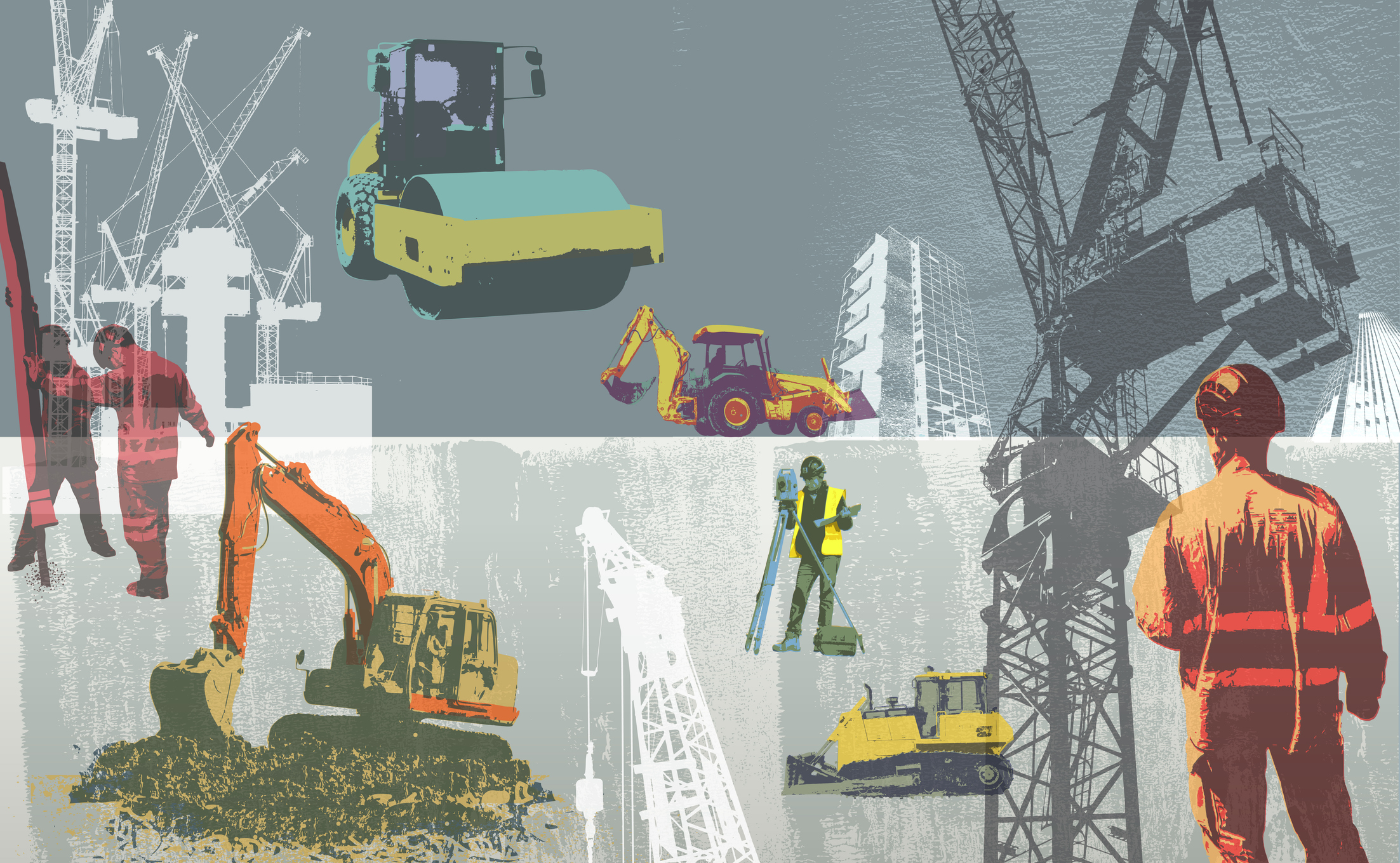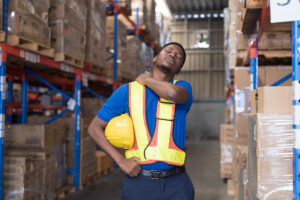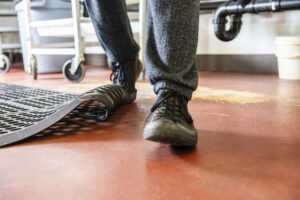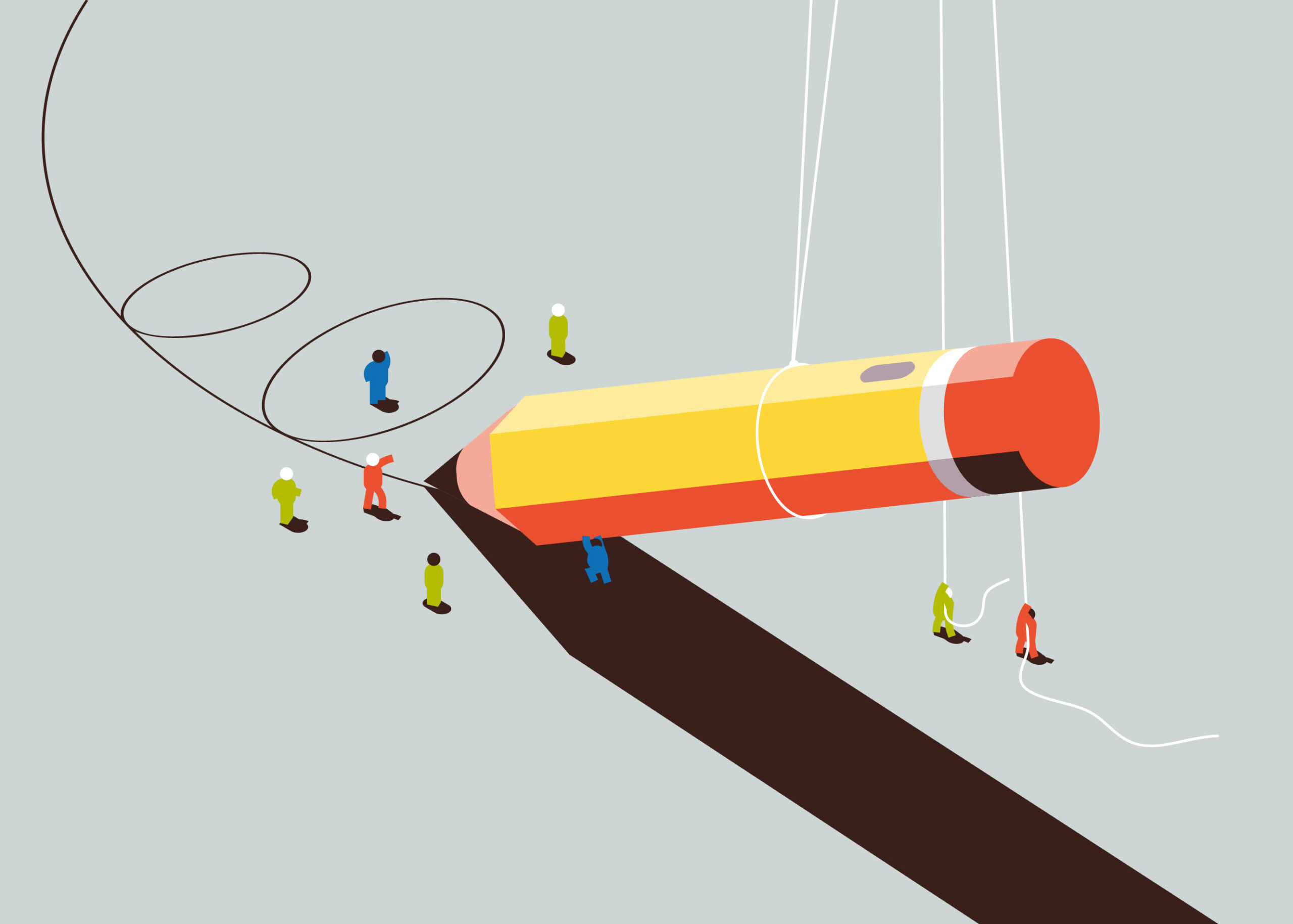A Guide to Active Fall Protection: Protecting Workers at Height
Falls from even as little as four feet can cause serious injury, making effective fall protection a critical safety priority. We explore the key types of active fall protection systems and how they help keep workers safe when passive measures are not enough.
September 9, 2025
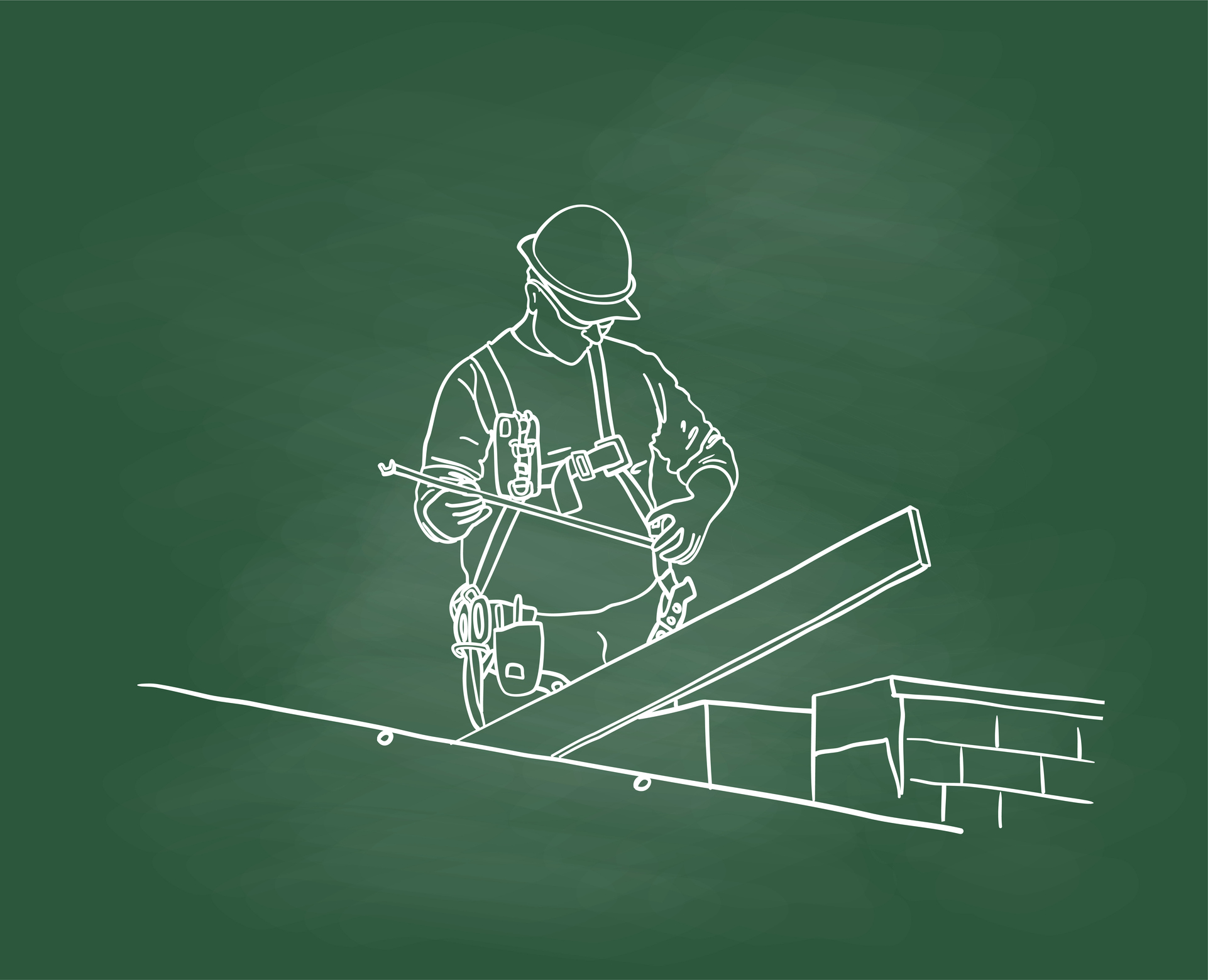
Falls remain one of the leading causes of serious injury and death in the workplace. To help prevent these incidents, OSHA requires employers to provide either passive or active fall protection. Passive protection includes guardrails, netting, and hole covers that are installed on a worksite, either temporarily or permanently. Active protection comes into play when passive measures are not sufficient, such as for employees performing high-risk tasks at height.
“It is critical that each fall protection system is designed and inspected by a competent person, and that workers perform daily checks before use,” said Kevin O’Sadnick, Senior Risk Control Manager at Safety National. “Key components of active fall protection that require inspection include lanyards, connectors, carabiners, snap hooks, and anchor points.”
These precautions form the foundation for several types of active fall protection systems, each designed to address specific job tasks and worksite conditions.
Personal Fall Arrest Systems
A Personal Fall Arrest System (PFAS) is designed to stop a worker from falling more than six feet and prevent contact with a lower level. These systems typically include a full-body harness connected to an approved anchor point. Anchors may be fixed structures, horizontal lifelines, or beam-and-trolley systems, but they must be independent from platform supports and strong enough to support a minimum of 5,000 pounds per employee attached. Ladders, scaffolding, lighting fixtures, vents, and guardrails should never be used as anchor points. The harness itself must distribute forces across the body to reduce the risk of injury during a fall.
Positioning Systems
Positioning systems are used when workers need both hands free to perform tasks on elevated vertical surfaces, such as walls, windows, or utility poles. They generally involve a belt or harness connected to an anchor point and are designed to limit falls to no more than two feet. As with other active fall protection methods, they must be able to safely support the worker in the event of a slip.
Travel Restraint Systems
Travel restraint systems prevent workers from reaching an unprotected edge. They use a harness, connector, lifeline, and anchor point to restrict movement, keeping the worker from stepping beyond the safe working surface. The lifeline must be able to withstand significant force, and the anchor point should be positioned so that, even when fully extended, the line does not allow the worker to cross the edge of the platform or roof.
Rope Descent Systems
Rope descent systems allow workers to descend and stop as needed, and they are often used in window cleaning, exterior maintenance, and building inspections. These systems usually consist of a rooftop anchor, support rope, descent device, carabiners or shackles, and a seat board. OSHA prohibits their use at heights greater than 300 feet, and they must always be paired with a Personal Fall Arrest System for complete protection.
Active fall protection systems play a critical role in reducing workplace injuries and fatalities. While technology and equipment provide the tools, safety ultimately depends on proper design, inspection, and consistent use. Employers should work with competent professionals to implement the right systems for their worksites and ensure employees are trained to use them effectively. By combining compliance with best practices, organizations can create safer environments where workers are protected from one of the most persistent hazards on the job.






